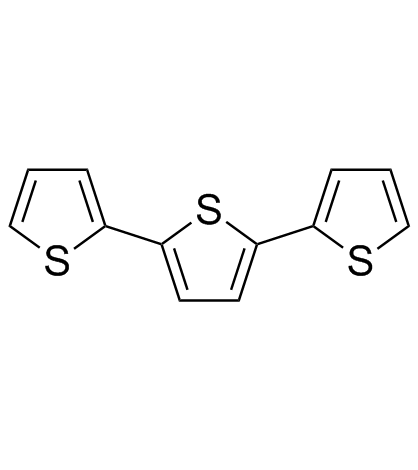Journal of Photochemistry and Photobiology B: Biology
2009-01-01
Triplet excited state characters and photosensitization mechanisms of α-terthienyl: A theoretical study
Hong-Fang Ji, Liang Shen
Index: J. Photochem. Photobiol. B, Biol. 94(1) , 51-3, (2009)
Full Text: HTML
Abstract
The triplet excited (T 1) state characters of α-terthienyl (α-T) have been investigated using density functional theory calculations, based on which, its photosensitization mechanisms were explored. Primarily, the direct oxidation to the DNA bases by the T 1 state α-T through the electron transfer is not thermodynamically feasible. Secondly, 1O 2 can be photogenerated both in benzene and water through the direct energy transfer from the T 1 state α-T to 3O 2, while O 2 - can only be formed in water through the electron transfer from the T 1 state α-T or α-T − to 3O 2.
Related Compounds
| Structure | Name/CAS No. | Molecular Formula | Articles |
|---|---|---|---|
 |
alpha-Terthiophene
CAS:1081-34-1 |
C12H8S3 |
Related Articles:
More...
|
Length-dependent conductance of oligothiophenes.
2014-07-23 [J. Am. Chem. Soc. 136(29) , 10486-92, (2014)] |
|
Radical-scavenging activity of melatonin, either alone or in...
2011-01-01 [In Vivo 25(1) , 49-53, (2011)] |
|
Synthesis and evaluation of new spacers for use as dsDNA end...
2010-08-18 [Bioconjug. Chem. 21(8) , 1545-53, (2010)] |
|
p-i-n Homojunction in organic light-emitting transistors.
2011-06-24 [Adv. Mater. 23(24) , 2753-8, (2011)] |
|
The synthesis and photoactivated cytotoxicity of 2-methyl-4-...
2009-09-04 [J. Photochem. Photobiol. B, Biol. 96(3) , 170-7, (2009)] |